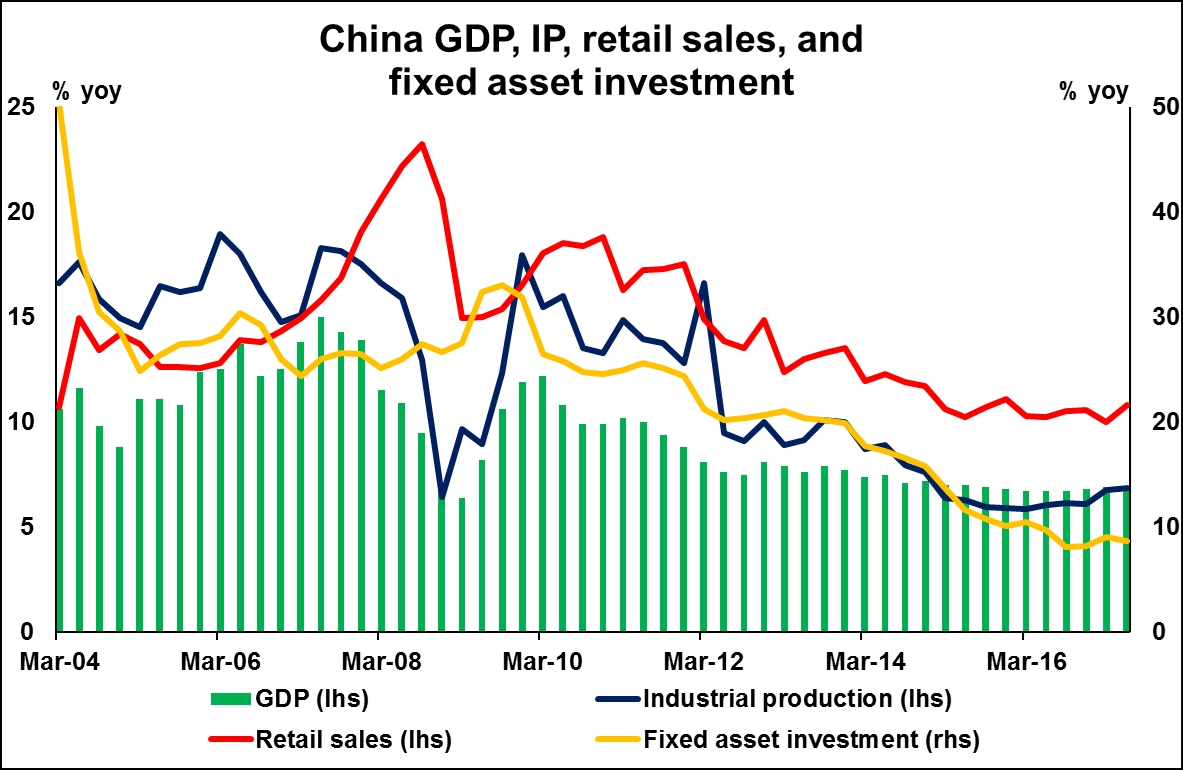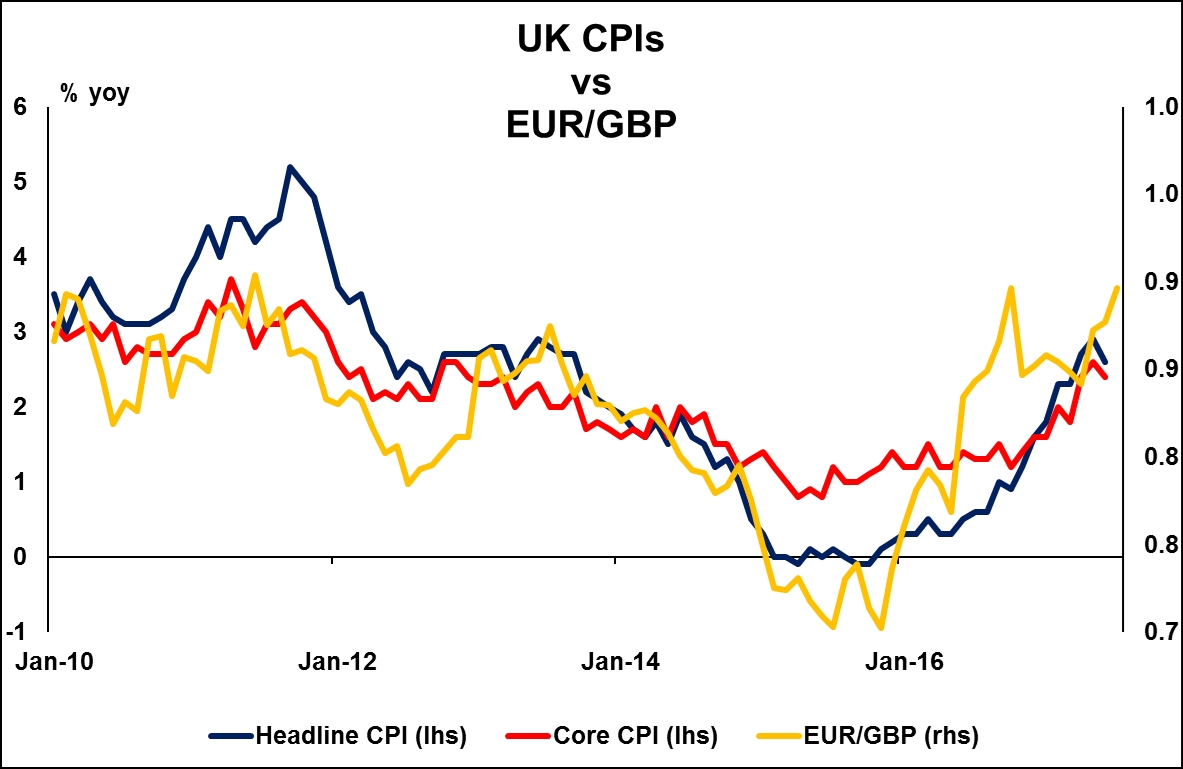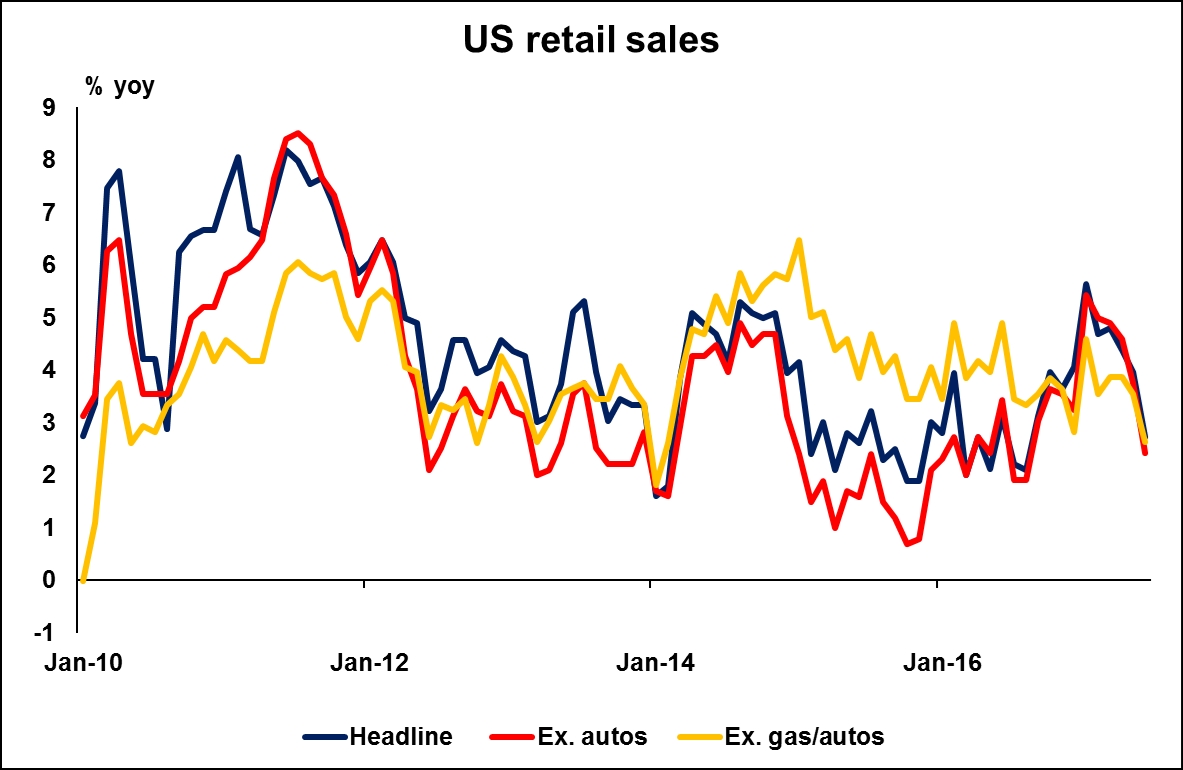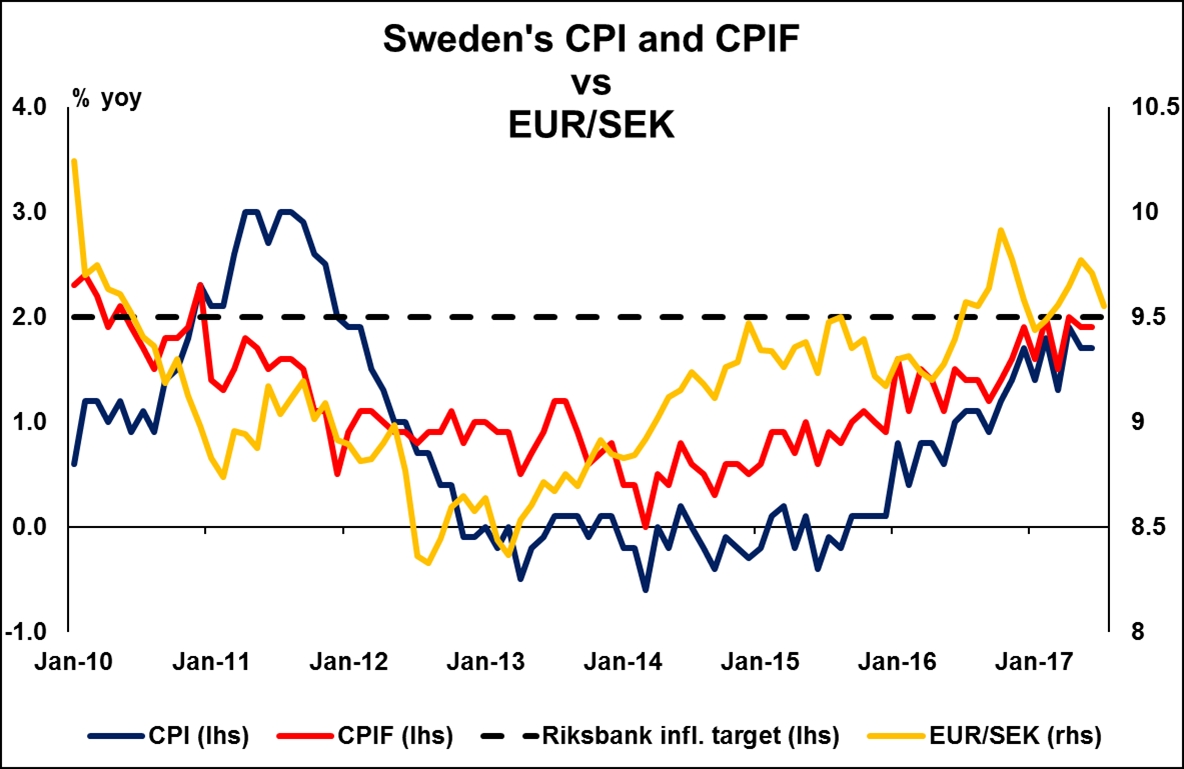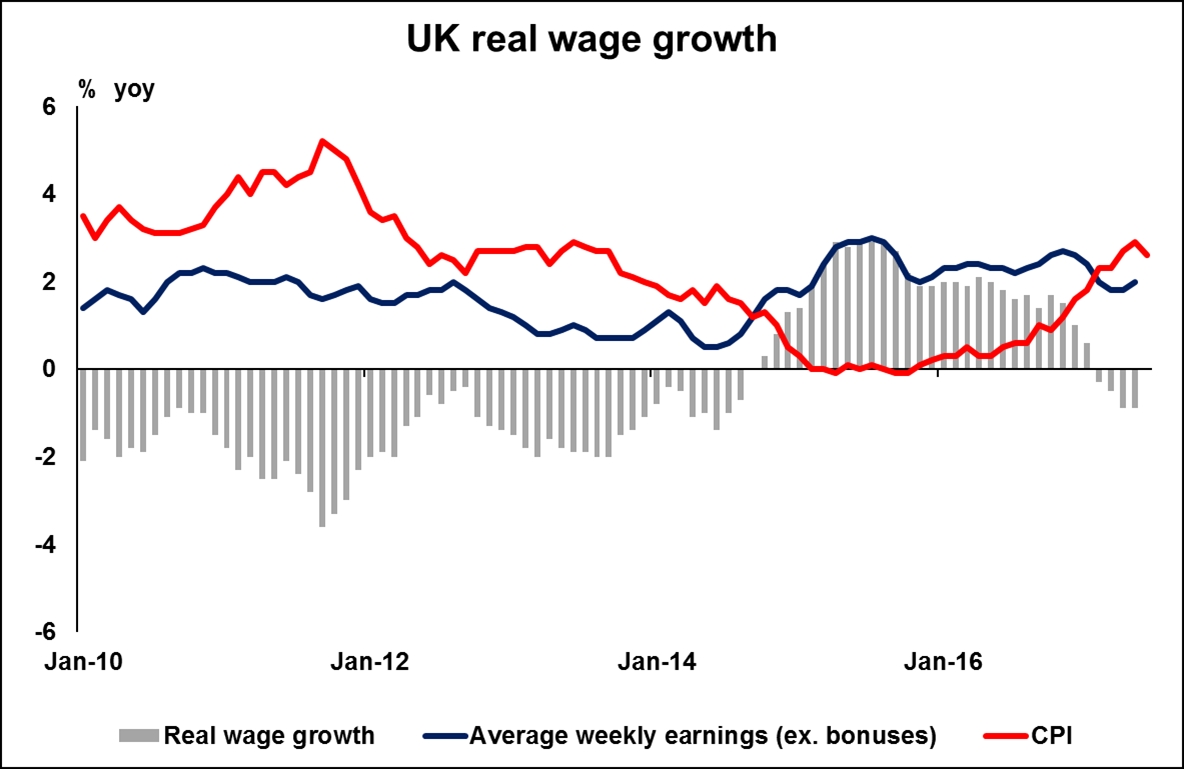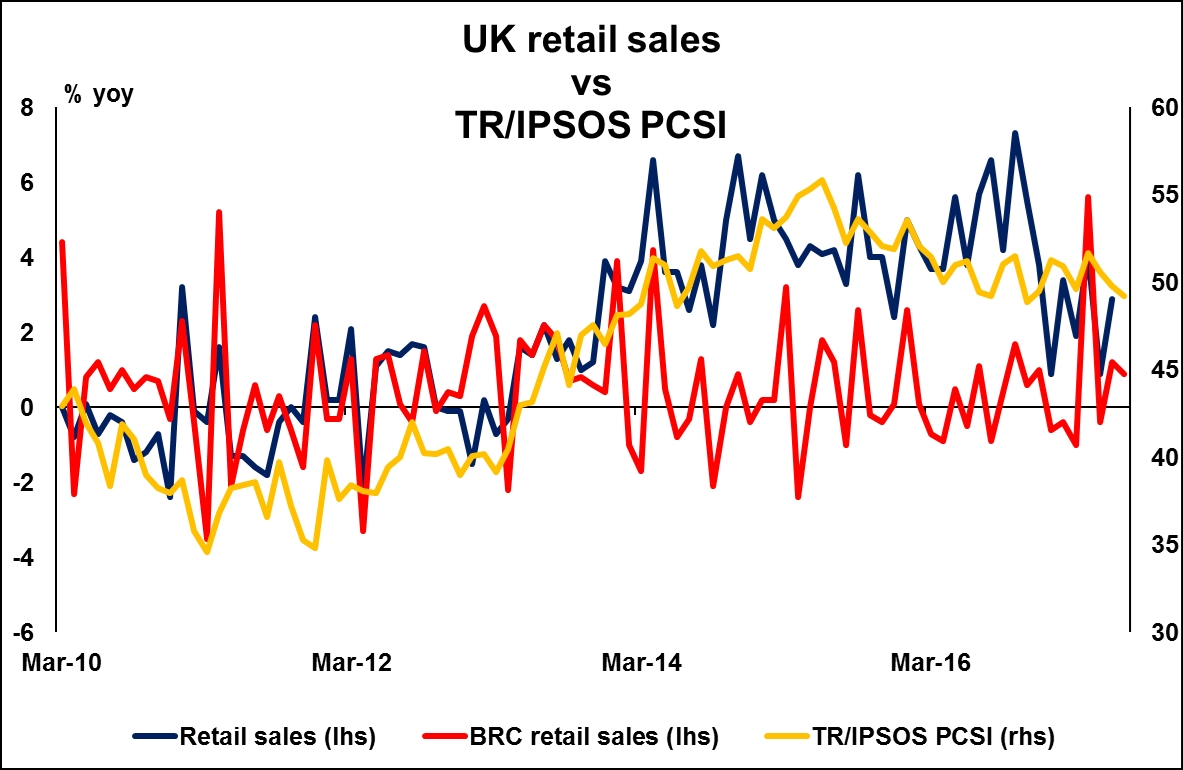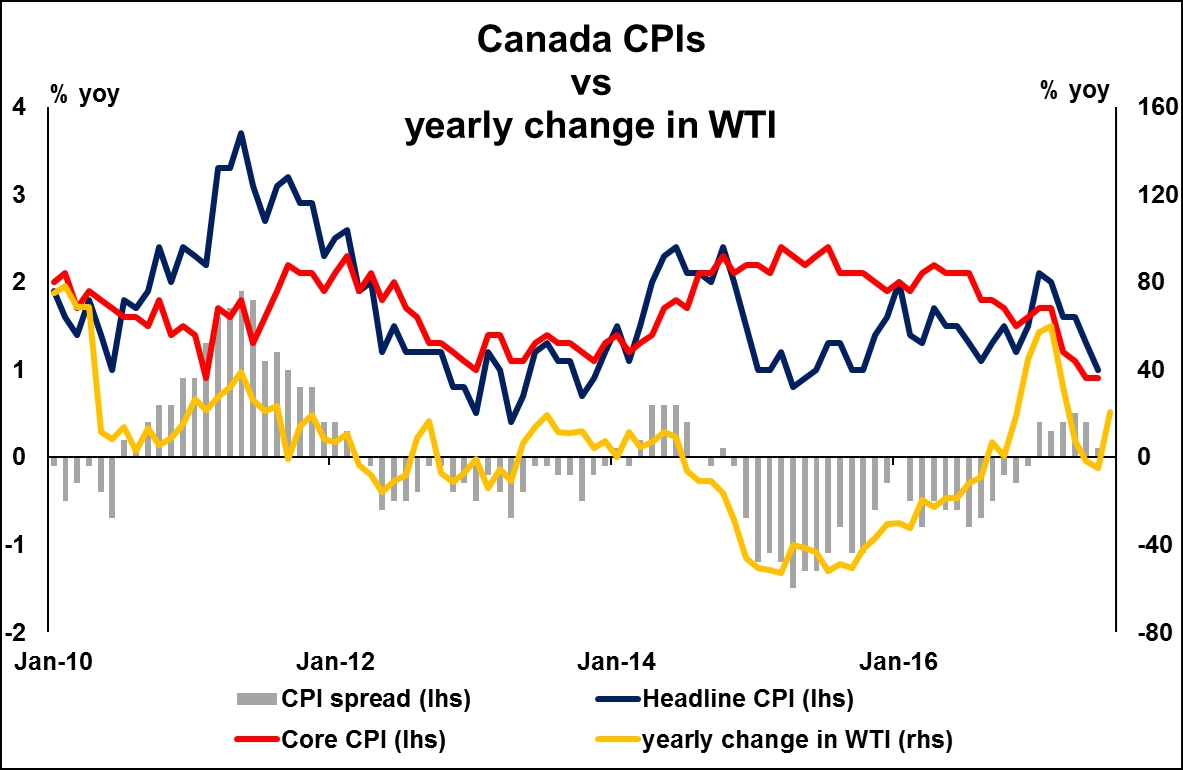- In the US, the minutes of the July FOMC meeting could provide some specific details as to when the Committee is set to announce a normalization of the Fed’s enormous balance sheet.
- In Australia, wage data for Q2 will be closely monitored, as they could determine whether the RBA will turn hawkish anytime soon. The minutes of the latest RBA gathering may also attract attention, as investors try to gauge how big of a concern the strong AUD is for policymakers.
- We also get key economic data from China, New Zealand, Australia, Sweden, the UK, the US, and Canada.
- On Monday, during the Asian morning, focus will be on China’s retail sales, industrial production and fixed asset investment, all for July. The forecast is for retail sales as well as industrial production to have slowed in yearly terms, while fixed asset investment is expected to have grown at the same pace as previously. We view the risks surrounding the industrial production forecast as skewed to the upside, perhaps for a more or less unchanged rate. We base our view on the nation’s official and Caixin manufacturing PMIs for July, both of which showed that output growth was faster compared to a year ago.
- In New Zealand, retail sales for Q2 will be released. Without any forecast available, we see the case for retail sales to have slowed somewhat in yearly terms. Our view is supported by the New Zealand electronic card transactions indicator, which showed that electronic sales slowed on a yoy basis throughout the quarter. What’s more, the underperformance of the labor market during Q2 supports further the case for a slowdown in retail sales.
- On Tuesday, during the Asian morning, the RBA releases the minutes of its latest policy gathering. At that meeting, the Bank acknowledged once again the latest strength in employment growth, but maintained its concerns regarding subdued wage growth. Perhaps the most noteworthy point was the officials’ discomfort with the latest AUD appreciation. Even though the currency reacted little to these signals at the time, Governor Lowe recently raised the stakes by reminding the investing community that direct FX intervention is always on the table if needed. As such, we expect these minutes to be closely watched for more details regarding how big of a concern the strong AUD is for policymakers. As for policy signals, we doubt investors will find much in these minutes, as officials had little new data to work with at this meeting. We think that the main determinants of whether the Bank will begin to appear hawkish soon are the wage price index for Q2 and average weekly earnings for H1, out on Wednesday and Thursday respectively.
- In the UK, CPI data for July will take center stage. The forecast is for both the headline and core CPI rates to have rebounded somewhat, something that is supported by the nation’s services PMI for July, which indicated that prices charged rebounded from June’s 11-month low. Even though a rebound in the CPI rates could keep alive some speculation regarding a BoE rate hike in the near-term, we remain skeptical on the prospect. Policymakers showed little urgency for a hike at the latest meeting, and we don’t blame them considering the still-lackluster economic growth and wage prints.
- From the US, we get retail sales for July and expectations are for both the headline and the core rates to have rebounded, after declining for two consecutive months. However, the nation’s consumer sentiment indices did not paint a clear picture in July. Even though the Conference Board index rose notably, the U of M print declined, making us hesitant to place too much faith in the forecast.
- In Sweden, CPI data for July are due to be released, though no forecast is available yet. We expect these prints to be closely watched, as investors try to gauge whether and when the Riksbank will follow in the footsteps of the Norges Bank and the ECB and remove its interest rate easing bias. At its latest meeting, the Riksbank showed no hurry to do so, indicating that it does not rule out repo rate cuts in the period ahead and that it remains prepared to implement further easing if necessary to safeguard the return of inflation to target. Markets will probably focus on any potential moves in the underlying CPI rate (CPIF) rather than the headline, as the Bank tends to pay more attention to that measure.
- On Wednesday, during the Asian day, Australia’s wage price index for Q2 is due out and subsequently on Thursday, we get the nation’s average weekly earnings for H1 2017. Without any forecast available for these figures, we see the case for the wage price index to have accelerated from Q1. We base this view on the NAB business survey for Q2, which showed that growth in labor costs accelerated to +2.1% yoy from +1.3% yoy the previously quarter. A material acceleration in wages would probably be very encouraging news for RBA policymakers, especially considering that the NAB survey also showed that firms expect wages to pick up further in the next months. Strong prints could alleviate some of the RBA’s concerns regarding subdued wages and would likely be another set of data entering the basket of those supporting that the Bank could begin shifting to a more hawkish stance soon.
- In the US, dollar traders will have their gaze locked on the minutes of the latest FOMC meeting. The statement accompanying that decision had few changes compared to the previous one. The only changes related to the inflation outlook and the timing of the balance sheet normalization. Our view is that the financial community will dig into the minutes looking for more precise clues on the timing of the B/S normalization, than the “relatively soon” part of the statement. The statement was not clear on the inflation front either. The acknowledgment of inflation “running below 2%” was a downgrade from the previous description that it was “running somewhat below 2%”. However, officials still expect it to stabilize around the target over the medium term. In our view, this doesn’t paint a crystal clear picture of the Committee’s view on inflation. The minutes of the June meeting showed a split Committee, with some members attributing the recent softness in prices to idiosyncratic factors, while others expressed concerns that this weakness may persist. Up until the July gathering, the latter camp appeared to be right as inflation continued to drift lower. As such, it will be interesting to scan the minutes and see whether this camp has grown.
- In the UK, employment data for June will attract attention. The forecast is for the unemployment rate to have remained unchanged, while wages are anticipated to have risen at the same pace as previously. The forecasts are supported by the services PMI for June, which showed that the increase in employment was the strongest since April 2016, and that service firms continued to report rising staff salaries. We think market focus will be primarily on wages, which have remained subdued in recent months despite the notable pickup in inflation, keeping real wage growth in the UK negative and thereby, dampening the outlook for household spending and economic growth in general.
- On Thursday, during the Asian morning, Australia’s employment data for July are due out. Our own view is that the labor market may have posted another month of solid employment gains, something supported by the ANZ job ads indicator, which showed advertisements rising for the 5th consecutive month. Even though further tightening in the labor market would probably be very encouraging for the RBA, we think that market focus will be mainly on the wage data. As we already outlined, they could play the biggest role in determining the Bank’s policy stance over the next months.
- During the European day, we get the UK retail sales for July and expectations are for both the headline and the core figures to have slowed from the previous month. The forecasts are supported by the declines in the TR/IPSOS and the Gfk consumer sentiment indices for July. In addition, the BRC retail sales monitor showed a slight slowdown, enhancing the case.
- Finally on Friday, we get Canada’s CPI data for July. In the absence of any forecast, we see the case for the core inflation rate (at least) to have declined. We base our view on the fact that the Markit manufacturing PMI for the month showed that output-charge inflation moderated for the third month. With regards to the headline rate, we believe that it may have remained unchanged as the rebound in the yearly changes of oil prices may have offset some of the aforementioned softness. In any case, even if core inflation slows further, we doubt that it will alter expectations for another BoC hike this year. In the latest Monetary Policy Report, which was released when the Bank raised rates, the Bank anticipated inflation to slow somewhat further in Q3, before picking up again. As such, we believe that Q4 inflation data will play a much bigger role on whether the Bank will indeed decide to proceed with another rate increase this year. At this stage, we think that it would take a truly dreadful inflation report to stop the BoC from hiking again.
3rd party Ad. Not an offer or recommendation by Investing.com. See disclosure here or
remove ads
.

